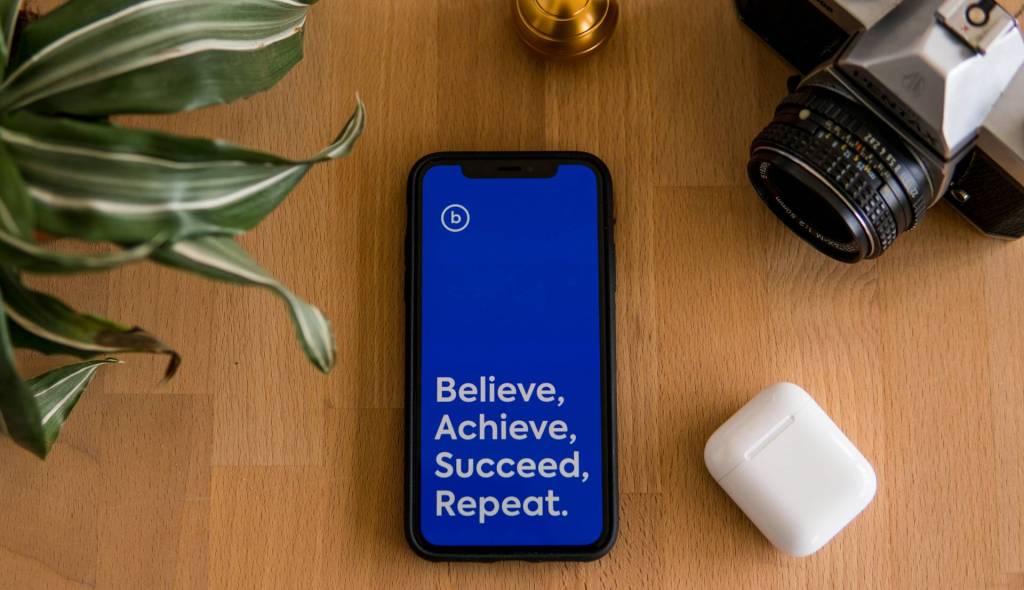 In an age where we have the ability to switch between information and entertainment constantly in the palm of our hands, keeping the average adult’s attention for more than five minutes is a serious undertaking. I’m often asked by aspiring professional speakers as well as people who just want to give great talks how they should structure a talk. Inevitably, almost all of them look at a talk from the wrong perspective—theirs. You do not build a strong personal brand as a speaker by focusing on yourself.
In an age where we have the ability to switch between information and entertainment constantly in the palm of our hands, keeping the average adult’s attention for more than five minutes is a serious undertaking. I’m often asked by aspiring professional speakers as well as people who just want to give great talks how they should structure a talk. Inevitably, almost all of them look at a talk from the wrong perspective—theirs. You do not build a strong personal brand as a speaker by focusing on yourself.
It’s not about you
Once you understand that a talk or presentation is in no way about you, you’ll begin to focus on what is important—your audience. Imagine yourself sitting in the audience. Would you want to hear about your topic? Is it interesting? In many instances, you’ll have to deliver on a topic that may not seem extremely fun or exciting.
I recently gave a talk on Big Data for Meeting Planners. Unlike social media, the concept of Big Data does not sound fun and exciting to most non-techie audience. However, I was able to make the two hour talk extremely interactive and fun for the audience using the tips outlined below.
Increase Audience Engagement with These Four Tips
- Create your presentation with two to three takeaways in mind. Know what information your audience needs to walk away with for your talk to be considered a success. The average listener will forget nearly everything you say. However, if you reinforce two to three key points, there is a much better chance of their retaining information.
- Incorporate audience activities and/or participation. Not only will creative audience participation activities make the presentation more interactive, but it will also help your audience retain information if the activities are designed to reinforce your key points. Activities can refresh your audience, acting as mini breaks. You’ll find that, after a fun activity, the audience is more attentive.
- When possible, take questions throughout the presentation versus at the end. If you’re speaking to a group of less than 75, it should be fairly manageable to take several breaks to answer questions. First, this allows audience members to ask great questions while you are focusing on that particular topic in the presentation. Second, it will allow you the opportunity to shift your presentation, if necessary, based on the types of questions that you’re receiving. You may find that you need to spend much less time speaking about X than you planned, but need expound on Y. If you receive too many questions at one point, you can always defer to the next question break.
- Remember, it’s not about you. Give serious thought to the stories you plan to incorporate into your talk. If you’re going to use a story about yourself, ask yourself it if is 100% necessary to the talk. If so, try to make it a story where you made a mistake and learned something versus the story about your being a super-hero who saved the day. Whatever information, stories, or case studies you incorporate should reinforce your two to three key points.












